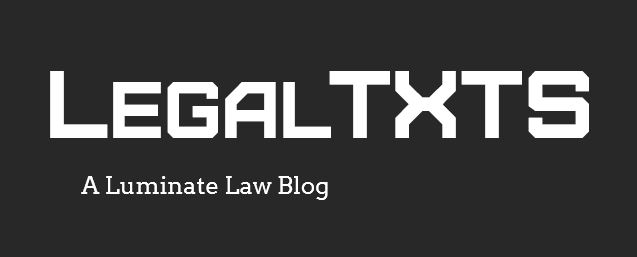
Six years ago, the National Labor Relations Board (NLRB) became one of the first governmental agencies to regulate social media use in the workplace. In 2010 and 2011, the NLRB issued a series of guidance memos and decisions sketching the contours of acceptable limitations on social media conduct of employees. Largely aimed at protecting the right of employees to act together to improve their working conditions and terms of employment – what Section 7 of the National Labor Relations Act (NLRA) calls “protected concerted activity” – the NLRB’s social media guidelines can be downright frustrating for employers. Conduct that might seem proper to ban, like making defamatory comments about management personnel or discussing confidential company information online, could be protected under Section 7, according to the NLRB.
Little has changed after six years. Three recent cases show that the NLRB is still as confounding as ever when it comes to regulating social media work rules.
- In Chipotle Services LLC d/b/a Chipotle Mexican Grill, Case No. 04-CA-147314 (Aug. 18, 2016) the NLRA struck down parts of Chipotle’s “Social Media Code of Conduct” that prohibited employees from posting “incomplete, confidential or inaccurate information” and making “disparaging, false, or misleading statements” about Chipotle, other employees, suppliers, customers, competitors, or investors. Chipotle fired an employee for violating this rule by posting tweets that criticized Chipotle’s hourly wage. The NLRA concluded that the rule was unlawful because it could reasonably chill employees in the exercise of their Section 7 rights.
- In G4S Secure Solutions (USA) Inc., 364 NLRB No. 92 (Aug. 26, 2016), the NLRB ruled that a private security company’s policies concerning confidentiality and social media postings violated Section 7 rights of employees. The confidentiality policy prohibited employees from making “public statements about the activities or policies of the company[.]” The NLRB found this rule overbroad because it could be understood to prohibit discussion of rules concerning employee conduct, which is a term and condition of employment. Also unlawful was a social media policy banning social media postings of pictures of employees dressed in their security guard uniforms. The NLRB rejected the company’s argument that the policy protected a legitimate privacy interest.
- In Laborers’ International Union of North America and Mantell, Case No. 03-CB-136940 (NLRB Sept. 7, 2016), the NLRB found that a union violated the Section 7 of the NLRA by disciplining a union member who criticized union leadership for giving a journeyman’s book to a mayoral candidate who had not gone through the union’s 5-year apprenticeship program. The comments were posted on a Facebook page accessible to approximately 4,000 people, some of whom were union members. Even though certain aspects of his comments were false, they did not lose protection because they were not “knowingly and maliciously untrue.”
Does your organization have similar social media rules concerning anti-disparagement, confidentiality, or privacy? If so, it might be time to freshen up your social media policy with the help of experienced counsel.






